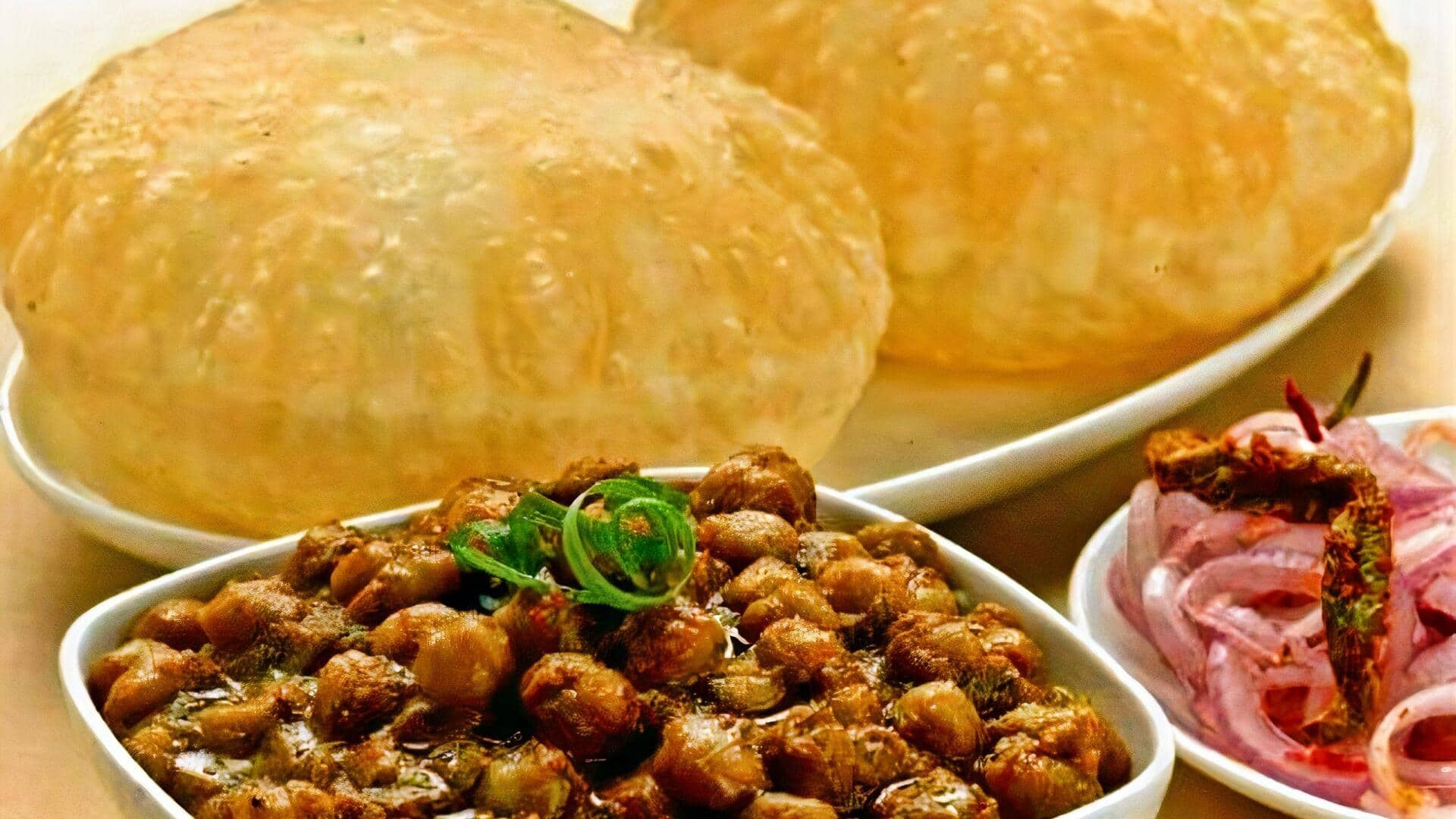The Arbi's Charm
Arbi, also known as taro root, is a starchy tuber that holds a special place in Indian cuisine. It boasts a slightly sweet and nutty flavor, making it
a versatile ingredient in various dishes. Found abundantly across India, Arbi is a staple in many regional cuisines. People often use it in curries, stir-fries, and even fritters. The root's texture, which can range from creamy to slightly chewy, adds an intriguing element to any dish. When preparing Arbi, one typically peels the root and then boils, fries, or steams it before incorporating it into the recipe. This process helps to remove any potential bitterness and enhances its natural flavors. Dishes like Arbi Masala and Arbi Fry are popular across different parts of the country, demonstrating its adaptability and widespread appeal in Indian culinary practices. Its ability to absorb the flavors of spices makes it a beloved choice for chefs and home cooks alike.
Jimikand Uncovered
Jimikand, or elephant foot yam, is another peculiar ingredient that excites Indian food lovers. It is a large, bulbous root vegetable with a slightly earthy taste. Its texture can vary significantly, often becoming creamy when cooked, adding a hearty quality to dishes. Jimikand is a key component in various regional cuisines, especially those in South India. It is frequently used in curries, stews, and vegetable preparations. It can be roasted, fried, or boiled, depending on the desired consistency. The yam's unique flavor profile allows it to pair well with a variety of spices and seasonings. Its prominence in festivals and special occasions highlights the cultural significance of Jimikand. It has a unique appeal among food enthusiasts looking for distinctive flavors that provide a diverse taste profile. Because of its texture and absorption properties, Jimikand becomes a favorite among cooks who want to make complex dishes.
Thor's Sweetness
Thor, or banana stem, is another intriguing food, highlighting the sustainability and creativity of Indian cooking. The banana stem is the stalk of the banana plant, and it's a surprisingly versatile ingredient. Its mild flavor and crunchy texture make it an adaptable component for various dishes. You can often find it in South Indian cuisine. People usually use it in salads, curries, and as a thickening agent in soups and stews. Chefs usually peel and chop the stem before cooking it, a process that removes the outer, fibrous layers. The stem is then cooked or added to dishes. Thor also brings some health benefits, with its high fiber content and ability to aid digestion. Cooking with Thor demonstrates the Indian ethos of utilizing every part of a plant, leaving little to waste. Its subtle sweetness and texture make it an important ingredient in the dishes.
Lotus Stem's Delight
Kamal Kakri, or lotus stem, is a unique ingredient, providing a delightful crunch and mild flavor. The lotus stem is the rhizome of the lotus flower. Its numerous holes and mild taste make it an interesting addition to several dishes. People mostly use it in Indian cuisine, particularly in regions where the lotus flower is more prevalent. It is sliced and stir-fried, or used in curries and snacks. The stems' hollow structure allows them to absorb flavors exceptionally well, making them ideal for pickling or marinating. This ingredient adds a pleasant texture contrast to the food. Preparing lotus stem often involves peeling and slicing the stem. Then, you can cook the slices in a variety of ways. It's a beloved choice for those seeking an unconventional ingredient that enhances both taste and visual appeal. Kamal Kakri's appeal lies in its ability to introduce variety and culinary ingenuity.
A Culinary Journey
The exploration of these five ingredients—Arbi, Jimikand, Thor, and Kamal Kakri—offers a glimpse into the diverse world of Indian cooking. Each ingredient offers a unique flavor profile and texture, contributing to the richness and variety of the country's culinary landscape. These foods showcase the creativity and resourcefulness of Indian cooks, who skillfully transform unusual ingredients into delicious and unforgettable dishes. They not only delight the palate but also highlight the cultural significance of food in India. The availability of these ingredients in local markets and their importance in special celebrations underscore the cultural richness of these dishes. It invites both culinary enthusiasts and adventurous eaters to delve deeper into the world of Indian food.




